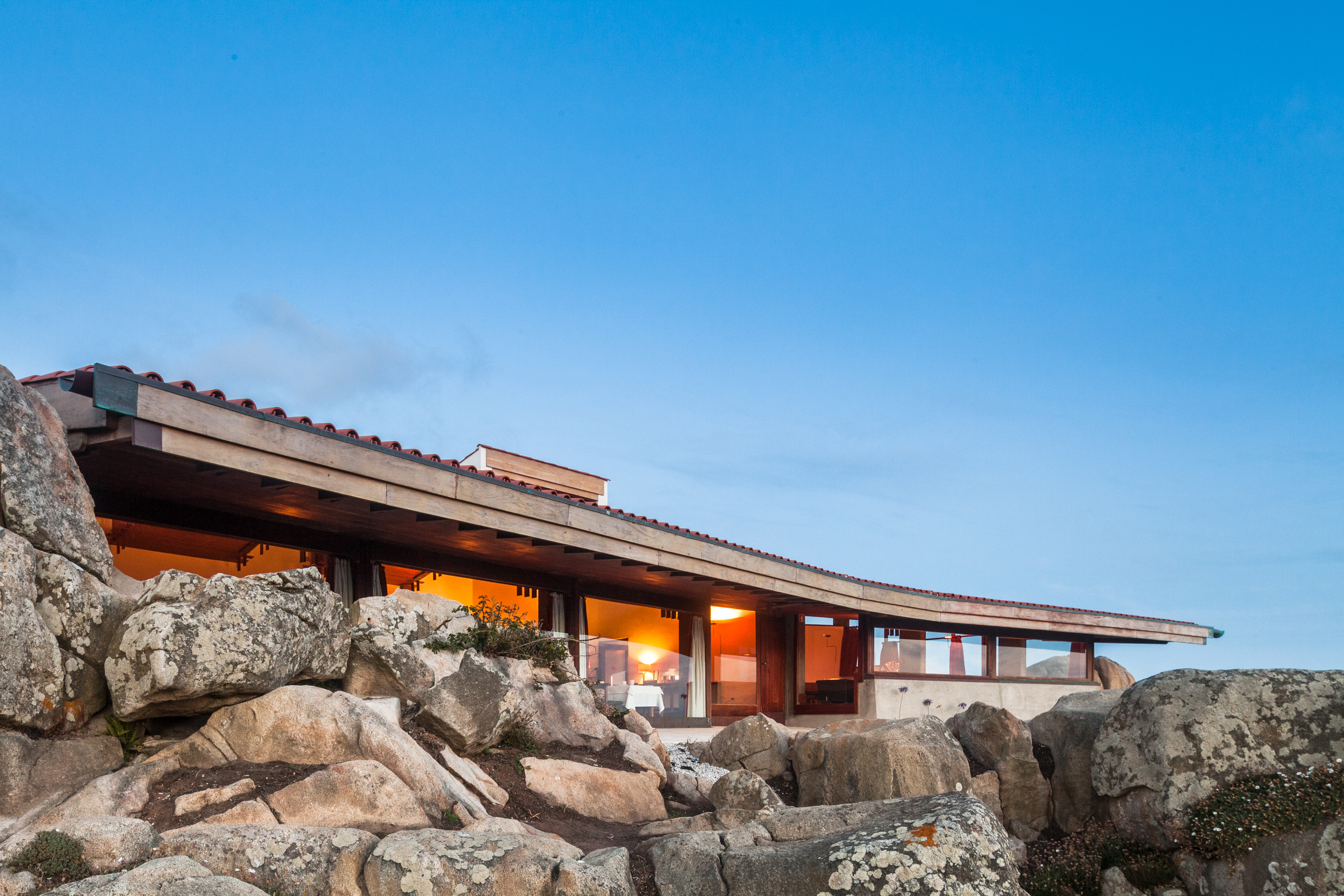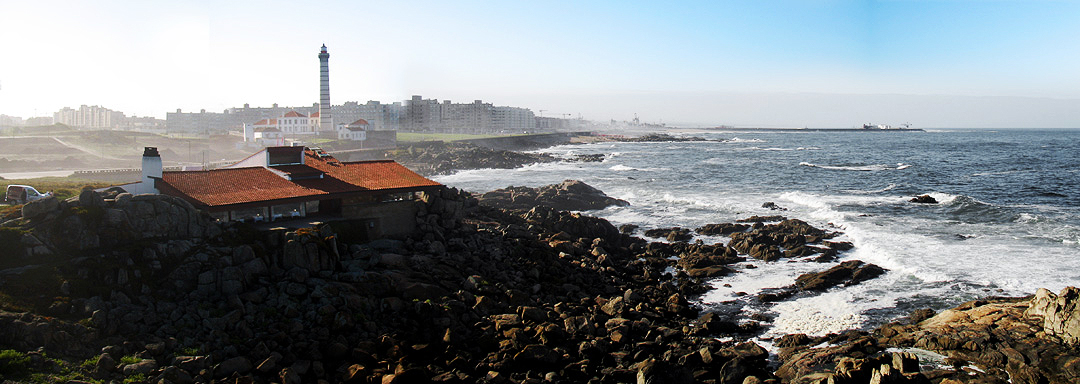Architecture that Reveals a Place
Climate, Material, Craft, Context.
Since the beginning, humans built shelter by working with the land: carving into rock, leaning structures against the wind, using local timber and earth. Architecture wasn’t an object: it was a negotiation with climate, gravity and landscape.
Thousands of years later, this is what still fascinates us in architecture. Two timeless inspiring references embody this idea: Alvaro Siza’s Leça Tide Pool and the Boa Nova Tea house in Leça da Palmeira.
In both places, the building does not dominate nature. It listens.
The rocks, the wind, the orientation of the horizon, they were there first.
Siza didn’t place architecture on top of a place; he allowed the place to become architecture.
The pools are not “next to” the ocean.
They are in a conversation with it.
The Tea House is not “on the rock.”
It grows from it, almost as if the building remembered that the rock was there before any drawing existed.
There is a humility in that gesture. A clarity. A presence.
This is why to build with climate, light, material and craft, not to control nature, but to be in dialogue with it.
A timber structure, the grain of a charred beam, the orientation to the sun, these are not stylistic decisions. They are acts of observing and listening.
Architecture improves a place only when it reveals what was already there.
Not by imposing a shape on the landscape but to let the place speak through the building.
📸 Photos:
1 – Boa Nova Tea House, by Jeremy Weate (CC BY-SA 2.0)
2 – Boa Nova Tea House, by João Morgado (CC BY-SA 4.0)
3 – Boa Nova Tea House, by LonEMedia (CC BY-SA 3.0)
|PT|
Clima, Material, Ofício, Contexto.
Desde o início, o ser humano construíu abrigos trabalhando com a terra: escavando na rocha, encostando estruturas ao vento, usando madeira local e terra. A arquitetura não era um objeto: era uma negociação com o clima, a gravidade e a paisagem.
Milhares de anos depois, é isso que ainda nos fascina na arquitetura. Duas referências intemporais ilustram esta ideia: as Piscinas de Marés e a Casa de Chá da Boa Nova, em Leça da Palmeira, ambas de Álvaro Siza.
Em ambos os lugares, o edifício não domina a natureza. Ele escuta.
As rochas, o vento, a orientação do horizonte, estavam lá primeiro.
Siza não colocou a arquitetura em cima do lugar; permitiu que o lugar se tornasse arquitetura.
As piscinas não estão “ao lado” do oceano mas em conversa com ele.
A Casa de Chá não está “sobre a rocha.”
Ela cresce a partir dela, como se o edifício se lembrasse que a rocha existia antes de qualquer desenho.
Há humildade nesse gesto. Clareza. Presença.
É por isso que se constrói com o clima, a luz, o material e os ofícios, não para controlar a natureza, mas para dialogar com ela.
Uma estrutura de madeira, o veio de uma viga queimada, a orientação ao sol, não são decisões de estilo mas atos de observação e escuta.
A arquitetura melhora um lugar apenas quando revela o que já lá estava.
Não impondo uma forma ao território, mas deixando que o lugar fale através do edifício.
📸 Fotografias:
1 – Casa de Chá da Boa Nova, por Jeremy Weate (CC BY-SA 2.0)
2 – Casa de Chá da Boa Nova, por João Morgado (CC BY-SA 4.0)
3 – Casa de Chá da Boa Nova, por LonEMedia (CC BY-SA 3.0)



